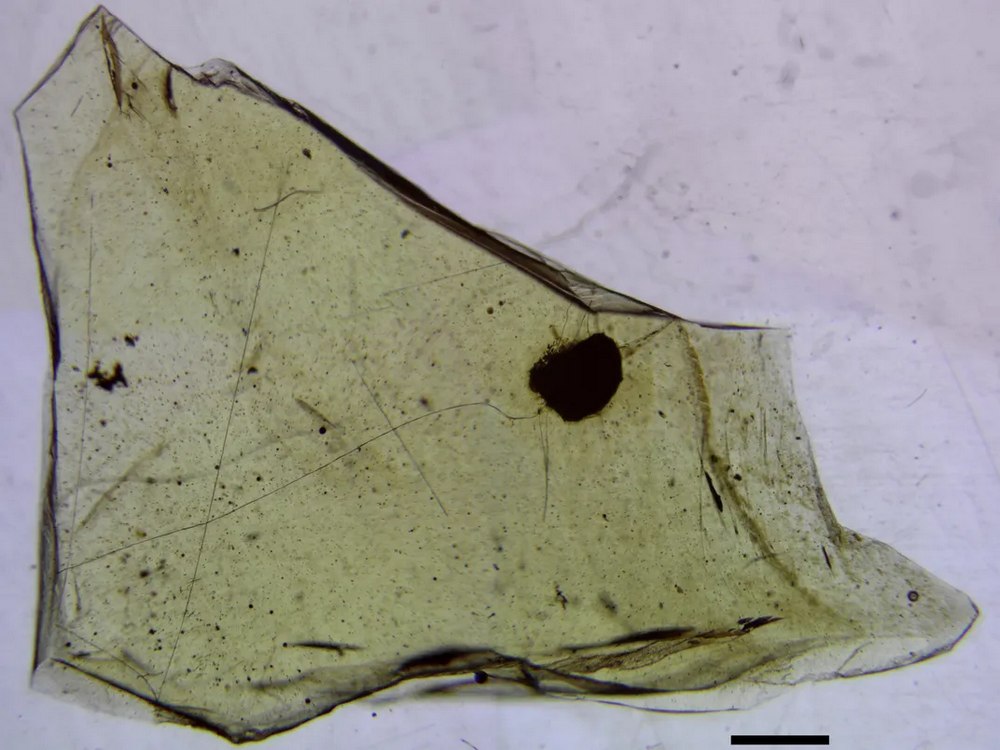
In the blockbuster 1993 film Jurassic Park, Steven Spielberg’s screenwriters tell the story of scientists who recover dinosaur DNA from a mosquito entombed in amber and use it to clone the animals back into existence.
Today, a recent paleontological discovery comes to the very doorstep of that fictional tale, bringing much of the excitement, short of the impossibilities.

Two amber samples: one from below ground and one from the limbs of an ancient tree, show incredible 3D snapshots of life from 112 million years ago. 6 orders of arthropods are seen inside, including beetles, flies, and spiders encased within.
This entomological time capsule is only possible because of amber, a tree resin that when exposed to millions of years will harden into a crystalline structure. Sold as jewelry today, it also sometimes contains “bio-inclusions.”
“Amber essentially preserves the exoskeletons of small organisms from the past. The preservation of these outer structures is so excellent that, under a microscope, they can look like freshly dead organisms, yet they are millions of years old,” Xavier Delclòs, a paleoentomologist from the University of Barcelona and first author on the study, told Reuters.
To be fossilized, an organism needs to be made of sterner stuff than chitin—the material that forms the exoskeletons of insects—and Delclòs would later tale Gizmodo that without amber we’d never have the opportunity of seeing these prehistoric invertebrates.
Discovered in Ecuador, the amber dates to the period when all the continents were joined together into the giant Gondwana super continent.

In the amber piece that was exposed to air, creatures that come from the orders of flies and mosquitoes, beetles, and wasps/ants were all identified, as well as the silken strands of a spider’s web, if it can be believed.
They are just the second-ever bio-inclusions found from an amber in the Southern Hemisphere. They date to a period when the eons-long relationship between the flower and the pollinating insect first began, and the scientists who published the study on the examinations of the ambers believe they may help reveal more about this relationship at the very dawn of its development.
MORE AMBERS:
In Jurassic Park, the one fiction in the premise is that DNA could remain stable inside a mosquito encased in amber for tens of millions of years. The blood-sucking bug found in these ambers will almost have certainly fed on dinosaurs, but don’t be fooled into thinking your children will get to go see T. rex at a zoo, the delicate DNA will have long turned to nothingness.
SHARE This Amber Time Capsule With Your Friends On Social Media…


